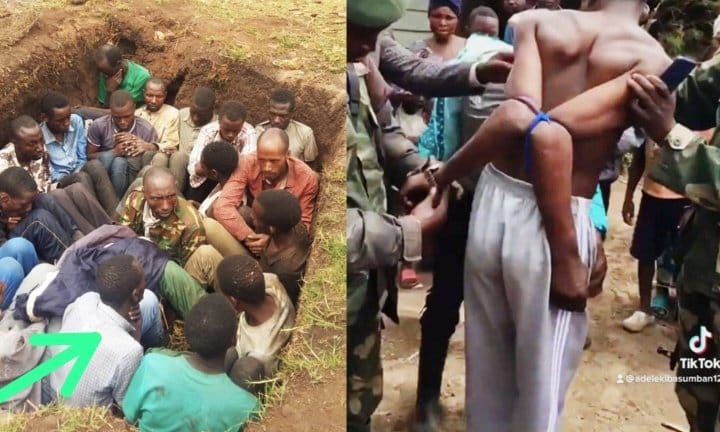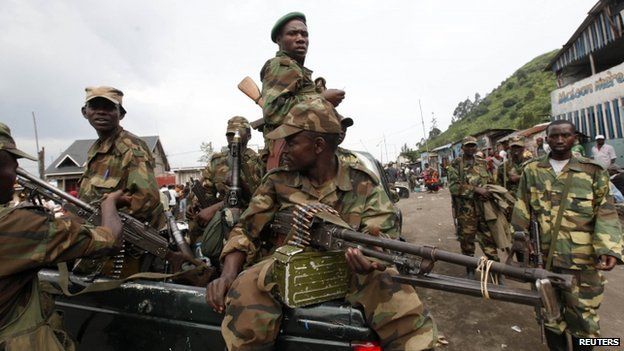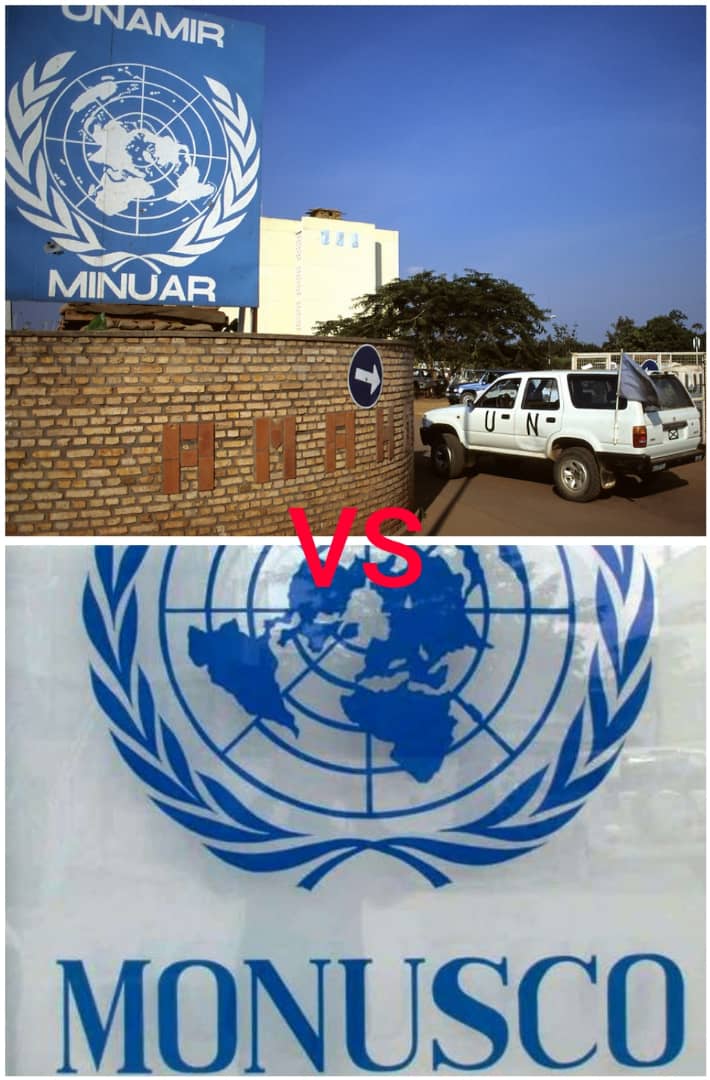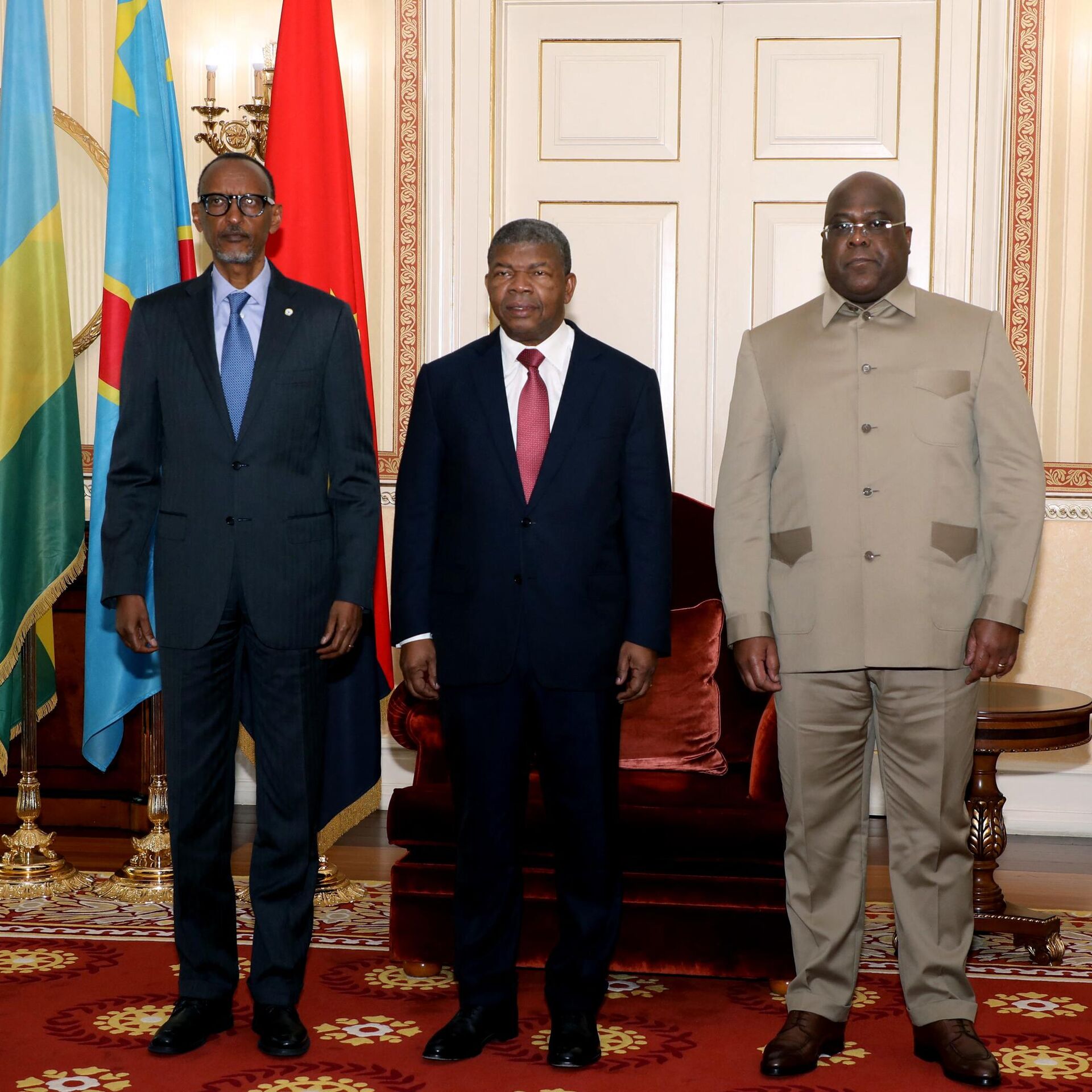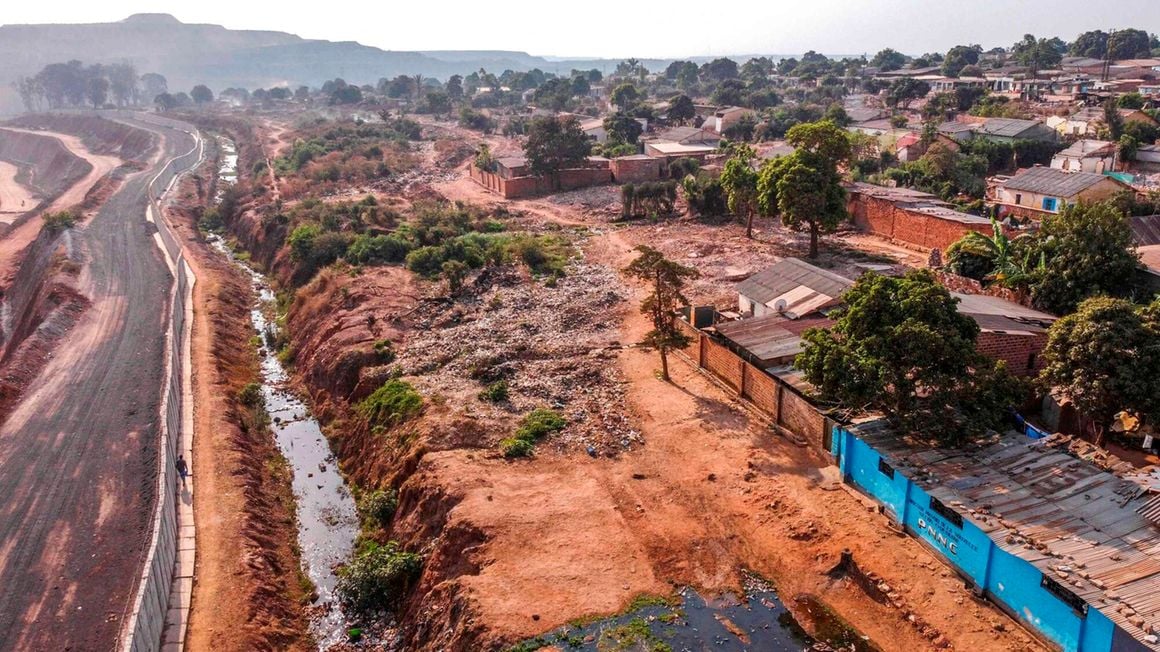Regional
Dangerous misconceptions on war in eastern DRC
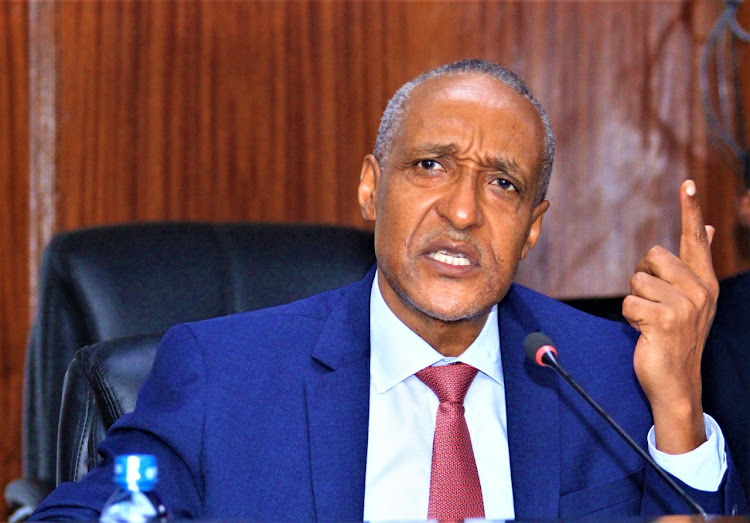
As
the war between the Democratic Republic of Congo army and the M23 rebels
continues in the east of the country, lots of lies, misconceptions and false
narratives have been told especially in the media regarding the nature of the
conflict.
The
most popular lie told by Kinshasa is that their country was attacked by Rwanda.
The truth is that President Felix Tshisekedi’s government refused to
acknowledge that the present conflict is an internal political problem, which
he tries to cover up by using Rwanda as a scapegoat. The only sin for Rwanda in
this matter is that M23 rebels speak the same language as Rwandans.
How
does this come about? How do Congolese citizens get to speak the same language
as Rwandans? Historically, the Rwandans were organized in kingdoms which
extended to eastern DRC; in Masisi, Rutshuru, Kalehe, Walikale, Munigi and
present-day Goma. These areas were territories of Rwanda until 1885 when the
Berlin Conference demarcated boundaries, and annexed the area onto Congo. This
is how Kinyarwanda speaking people found themselves in Congo. Their culture and
language remained foreign to native Congolese. This is one of the problems
deliberately created by the colonial borders and directly related to the
conflict between Kinshasa and M23 rebels.
In an interview with France24 and RFI, on November 21, Burundian President Évariste Ndayishimiye, who is also the Chairperson of the East African Community, could not affirm the Congolese government’s claims. At the regional level, he noted, they had not ascertained Kinshasa’s claims.
Successive
Congolese regimes discriminated against Kinyarwanda speaking communities -
calling them foreigners - yet they had right of citizenship. But Congolese
politicians would always turn to their Tutsi communities whenever they wanted
to use them for their own interests. In 1972, President Mobutu Sese Seko needed
their support and he reaffirmed Congolese Banyarwanda as citizens. However,
this did not last long. In 1981, Mobutu revoked their citizenship although it
was never made into law.
In
practice, Congolese Banyarwanda have no voting rights and no representation.
When Laurent Kabila came to power, in May 1997, there was no change of policy.
Under Tshisekedi, there have been xenophobic attacks and hate speech against
Rwandophones. When the speaker of DRC parliament Christophe Mboso told a
Rwandophone MP Moise Nyarugabo to, “shut up and go back to his home country,”
this was history repeating itself, and an indication of how the Kinyarwanda
speaking community is treated as foreigners by DRC leadership.
From
this historical perspective, it is clear that M23 fighters are not Rwandans.
They are Congolese who share the same culture and language with the people of
Rwanda, and DRC is their ancestral land.
Today, the M23 rebels are fighting for their right as citizens of DRC -
a right which they have been denied, harassed and killed.
Another
dangerous misconception, or lie, is that advanced by Ambassador Macharia Kamau,
who is, unfortunately, on former Kenyan President Uhuru Kenyatta’s team of
facilitators of the Nairobi process.
On
November 15, Macharia wrote on Twitter: “Witnessed human catastrophe unfolding
in Goma! River of humanity 100s of
thousands fleeing evil killing machine that is M23 and its backers…”
Analysts
wonder whether Macharia can provide evidence that M23 are the killing machine
in eastern DRC, and their backers are Rwanda, as alleged.
Such
a reckless statement from a diplomat, who is supposed to be neutral as a
facilitator, left many wondering whether Macharia had turned into Tshisekedi’s
spokesperson or was speaking to appease other foreign interests.
Reliable
sources have revealed that Macharia has a close relationship with Prof Serge
Tshibangu, an advisor to President Tshisekedi. The relationship explains
Macharia’s bias against M23, consequently compromising his role on the team of
facilitators of the Nairobi process lead by former Kenyan President Uhuru
Kenyatta.
But
who are the real killing machines? A Human Rights Watch report published on
October 18, 2022, blames the DRC army for human rights abuses and supplying
arms and ammunitions to rebels groups including FDLR, APCLS, and Mai Mai
Yakatumba, which have killed hundreds of innocent civilians in eastern
DRC.
“Congolese
army units backed armed groups implicated in serious abuses in the recent
conflict with M23 rebel forces in eastern Democratic Republic of Congo,” the
Human Rights Watch report reads.
The
report notes that Congolese army units are again resorting to the discredited
and damaging practice of using abusive armed groups as their proxies. The
deadly rebel groups have been incorporated in the national army (FARDC) to
fight against M23.
This
points to another dilemma for the EAC joint force. How will it be able to deal
with armed groups that are embedded within FARDC?
The
HRW report does not mention M23 as a killing machine, as Ambassador Macharia
claimed. It’s true, though, that the
hundreds of people he saw were displaced by the war – which is fought by two
sides and cannot be blamed on one.
Last
but not least, Rwandophones in DRC are in danger. They face a real threat which
the international community has failed to recognize and prevent before genocide
happens. This is history repeating itself as in the case of Rwanda, in 1994,
when the international community looked aside as more than a million Tutsi were
massacred. One of the dangers that the FDLR exported to DRC is the genocide
ideology and the “machete” that is now being used to slaughter Congolese Tutsi.
The
Nairobi process and the Luanda-African Union efforts should desist from relying
on dangerous misconceptions on the war between Congolese troops and the M23
rebels. Lies are likely to influence leaders into wrong decisions, or approaches,
that will not provide the right solutions for lasting peace and security in
DRC.


